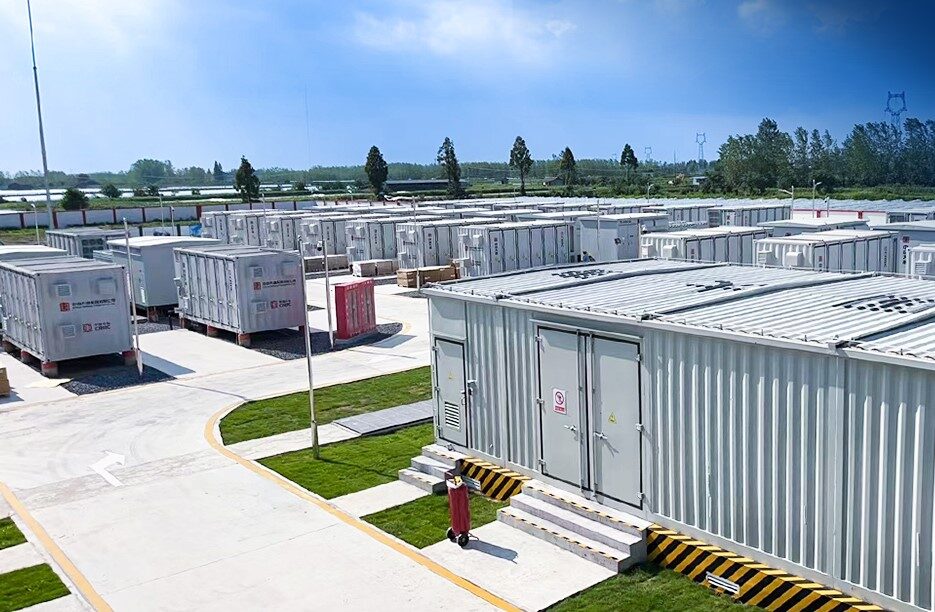Brisbane City Council has selected to install a Redflow battery to boost energy resilience at its Willawong Animal Rehoming Centre in Brisbane’s south.
The 30 kWh zinc-bromine flow battery project was deployed with Redflow’s new integration partner, Bright Spark Group, and includes two Deye hybrid inverters to allow for a solar system to be added in the future.
The Willawong Animal Rehoming Centre site is the first in the Brisbane City Council’s broader plan to boost resiliency at government sites across the city, dubbed the ‘Better Brisbane Proposals’ initiative. The Redflow battery system was funded through the program.
The Willawong Animal Rehoming Centre was selected for the initial site due to its ongoing issues with grid outages, which were impacting the storage of vaccines and medications.
Flow battery overview
Flow batteries are an intrinsically different beast from the predominant lithium-ion batteries, the domain of giants like Tesla. Lithium-ion batteries are solid-state batteries that store energy in metal. Flow batteries, on the other hand, store energy in electrolyte liquids. They are usually designed to have two tanks, one containing a positively-charged anode and the other with a negatively-charged cathode, separated by a membrane.
Using liquids allows flow batteries to produce electrical currents without degradation, giving the batteries a longer cycle life and allowing them to store charge for longer periods compared to lithium-ion batteries. Flow batteries can also be fully discharged without damage, and are easily scaleable – able to be fitted to one another to increase capacity.
Flow batteries also lend themselves to recycling, which is an aspect Redflow CEO and Managing Director Tim Harris thinks will become increasingly relevant for Redflow’s overall offering – especially given just 2% of Australia’s lithium-ion battery waste is currently recycled.
Flow batteries pitfall? Size. Tanks of fluid can, by nature, only be made so small. This is part of the reason lithium-ion batteries have been far quicker out the gate – we’ve needed small, high-powered batteries a lot longer than we have utility-scale ones. Despite being arguably less well suited for larger scale applications, lithium-ion batteries have benefited massively from their ubiquity and visibility, having been used for decades in our phones, laptop chargers and now in our EVs.
Redflow
After years of predictions around the dawning of the flow battery age, it appears the decades-old technology is finally capturing some of the storage market. In the last year, Redflow has expanded into the US market and has integrated its systems with a wide array of inverters.
There are a number of flow battery companies and projects gearing up in Australia, including Energy Storage Industries’ manufacturing plant in Maryborough, Queensland, where it will assemble iron-flow batteries from its “deep tech partner” ESS Inc. Sydney startup Gelion, and VSUN Energy, a subsidiary of Perth-based mining company Australian Vanadium Limited (AVL), are also seeking to expand both the manufacturing and deployments of flow batteries in Australia.
This content is protected by copyright and may not be reused. If you want to cooperate with us and would like to reuse some of our content, please contact: editors@pv-magazine.com.




Are zinc/bromide batteries available for household purposes